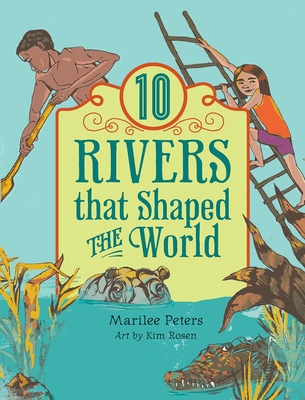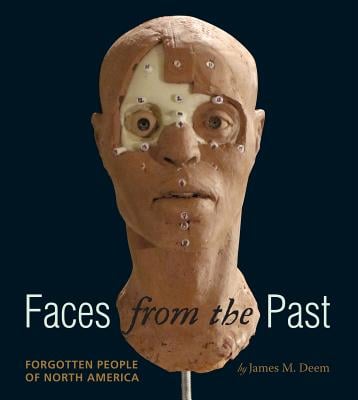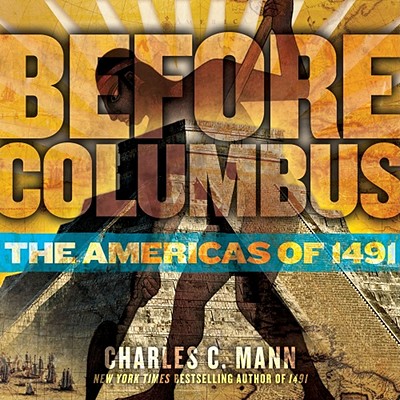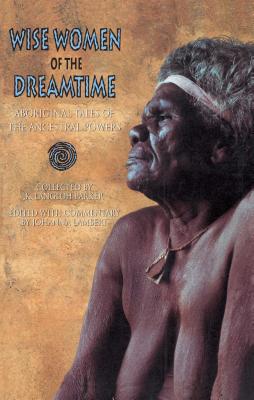Ten Rivers that Shaped the World by Marilee Peters and Kim Rosen (Annick Press, April 2015) is a delightful children’s nonfiction book about the significance of ten rivers on the history of the world. The rivers chosen are not necessarily the most influential or the most interesting, but together the histories provide a well-rounded overview











